Outer Space & Universe
Outer Space & Universe
Space, also known as outer space, is the near-vacuum between celestial bodies. It is where everything (all of the planets, stars, galaxies and other objects) is found.
On Earth, space begins at the Kármán line (100 km above sea level). This is where Earth's atmosphere is said to stop and outer space begins. This is not a firm boundary but is a convention used by scientists and diplomats.
Items in space are free to move back and forth; up and down; and left and right. These three dimensions are what make 3D space. Items also move forward through time, which is sometimes called the fourth dimension.
The majority of space contains very little matter and so most of it is a vacuum. Scientists do not know how big space is but we do know that space is extremely big, and is always expanding.
According to the big bang theory, all matter and energy in the Universe was compressed into a very small space. Then it exploded and started expanding. Space is still growing in size today; this means the distance from one galaxy to distant galaxies is getting longer.
Gravity is the force that keeps the Moon in orbit around the Earth and the planets in orbit around the Sun. Gravity can stretch and bend space similar to how a heavy ball placed on a stretched sheet of rubber will cause the rubber to stretch. The scientist who discovered that space can bend is named Albert Einstein. How gravity bends space is part of his theory of general relativity.
Astronauts, Cosmonauts, Taikonauts and Spationauts
An astronaut is any person who is trained by NASA to travel and perform tasks in space. Although the space traveler may not necessarily be a United States citizen, each astronaut does go through a rigorous training regiment by the National Aeronautics and Space Administration. Other space travelers go by other names then astronaut depending on their country of origin.
In the United States, astronaut is derived from the Greek words ástron (star) and nautis (sailor). While, in Russia, a space traveler goes by the name космонавт (English: cosmonaut), which is derived from the Greek words kosmos (universe) and nautis (sailor). Westerners call a space traveler from China a taikonaut, based on the 1998 writings of Chiew Lee Yik and Chen Lan where the term tàikōng (great emptiness), Chinese for “space”. In China, the term yuháng yuán (universe navigator) is used for space traveler.
Only the United States of America (United States), Russia (earlier, the Union of Soviet Socialist Republics), and the People’s Republic of China (China) have sent manned spacecraft into space. Other countries have assisted these countries by sending their own space travelers on space missions. For instance, a French space traveler is called a spationaut (from the French word spationaute), which is derived from the Latin spatium (space) and Greek nautis (sailor). (plural in Greek nautes = sailors)
-
14:58
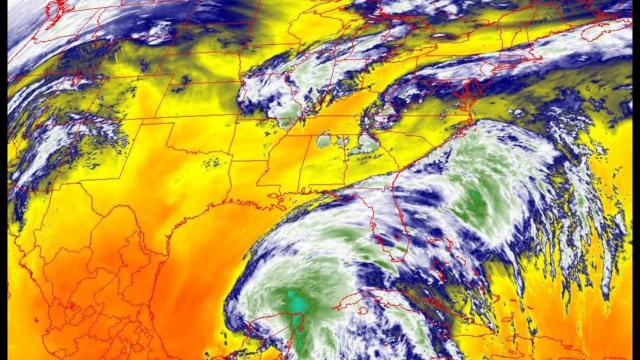
WARNING! Cristobal has restrengthened to a Tropical Storm & next step is a Hurricane!
Added 315 Views / 0 LikesEven if this does not become a hurricane, it will do Hurricane flood damage.God bless everyone,T LEWISON5430 BIRDWOOD RD. #416HOUSTON TEXAS 77096https://www.paypal.me/THORnewshttps://venmo.com/TEric-Lewison$THORnews on CashApphttps://www.patreon.com/thorn
-
06:03
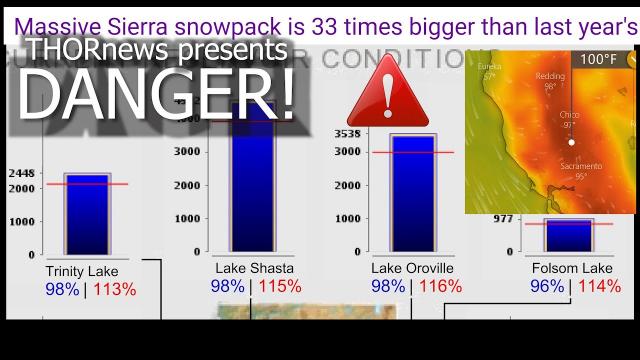
Warning! Danger! N. California Dams at 98% & rising w/ record Snowpack melt!
Added 553 Views / 0 Likeswith Trinity, Shasta & Oroville dams at 98%, the Folsom lake dam has now upticked to 96%. The Sierra Snowpack is at 202% with a heatwave coming this week. This situation is bad and needs to be closely monitored. God bless everyone, Tmy mail addressT Lewis
-
16:24
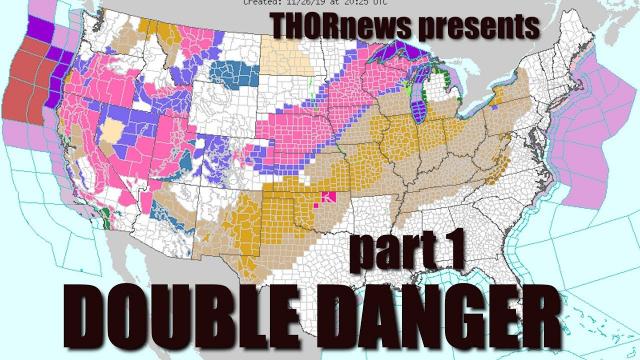
Warning! Dangerous Thanksgiving Double Storms have Begun! 100 hour Madness!
Added 394 Views / 0 LikesBe Prepared. Stay Aware & Be Cool.This ain't no joke.T LEWISON5430 BIRDWOOD RD. #416HOUSTON TEXAS 77096WWW.PAYPAL.ME/THORNEWSwww.venmo.com/TEric-Lewison$THORnews on CashApphttps://www.patreon.com/thornewsvidhttps://weather.com/forecast/national/news/2019-
-
14:02

warning! ERIS ALERT! DEADLY STORM USA April 19th & Hurricane October 18th 2019
Added 460 Views / 0 LikesWe've got 2 weeks to prepare for the 1st Eris Storm of 2019and 26 weeks to prepare for the Eris Hurricane of October 2019.Also, it looks like i might have made an extremely important scientific discovery. Yay! Astonishers & Asteroid Fight Club.God Bless e
-
04:53
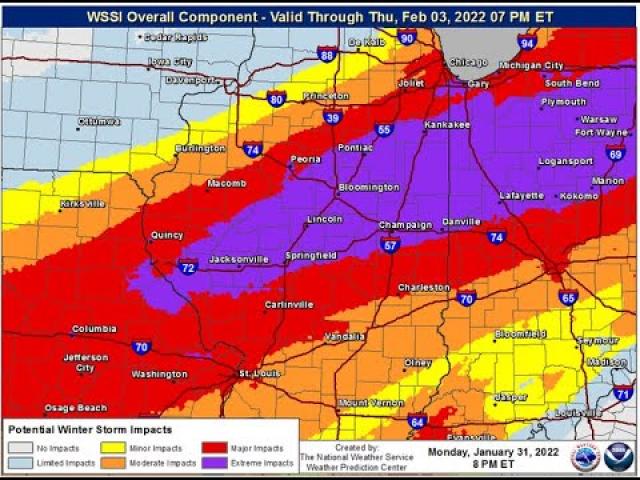
WARNING! Extreme Storm Impacts for Illinois Indiana Ohio Michigan & Wisconsin! & Brazil Landslide!
Added 184 Views / 0 LikesA whole large swatch of area just got upgraded to extreme impact warnings.God bless everyone,T LEWISON5430 BIRDWOOD RD. #416HOUSTON TEXAS 77096https://www.paypal.me/THORnewshttps://venmo.com/TEric-Lewison$THORnews on CashApphttps://www.patreon.com/thornew
-
16:37
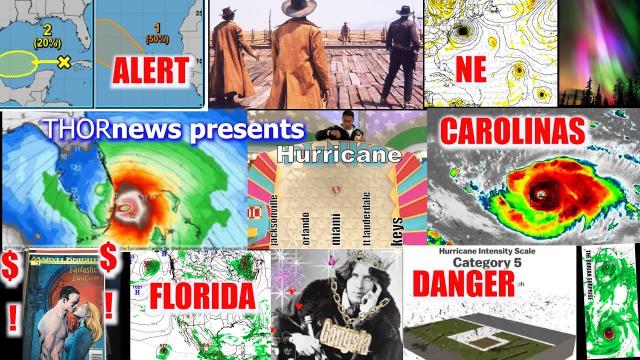
WARNING! Florida & NC & SE Cat 5 Hurricane Dorian maybe a Trickster! Danger!
Added 376 Views / 0 LikesThere has been something off about the official Dorian story since day one and it's always been days behind. I see too many things that are firing off red flags and warning bells. God bless everyone,T LEWISON5430 BIRDWOOD RD. #416HOUSTON TEXAS 77096HTTPS:
-
15:04
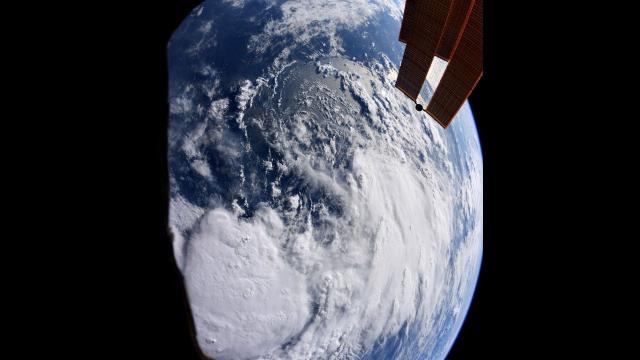
WARNING! Louisiana! Hurricane Barry is going to be a MAJOR flooding event
Added 434 Views / 0 Likesnow that it's a confirmed hurricane in the future my hacker toubles are back, this video took 3 hours to upload.Flooding will be the most dangerous aspect of this Hurricane.God bless everyone,Thttps://www.paypal.me/thornewsmail me cool stuff atT Lewison54
-
13:46
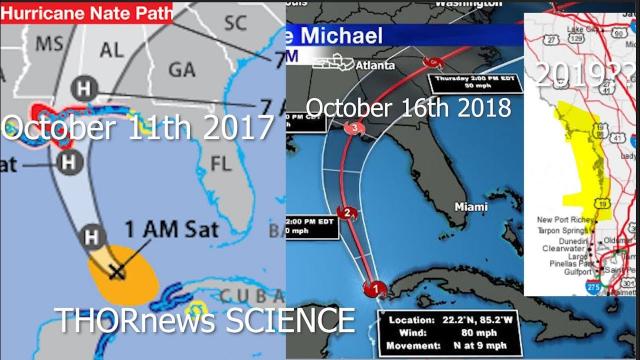
WARNING! MAJOR Hurricanes for NorthEast USA in September & Florida in October!
Added 420 Views / 0 Likes2017 September 13th - Hurricane Irma - Landfall Florida Keys2018 September 18th - Hurricane Florence - Landfall North Carolina2019 September mid - Hurricane X - Landfall, North East USA2017 October 11th - Hurricane Nate - Landfall Biloxi, Mississippi2018
-
15:24
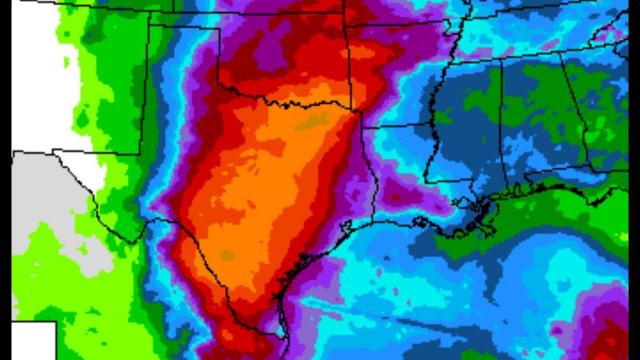
WARNING! Major Texas Flood! Gulf of Mexico June Hurricane? Mexico Earthquake! Mount Etna erupts!
Added 434 Views / 0 LikesMayday Catch-22 day. It's getting retrograde weird.Be awesome. Stay cool.God bless everyone,T LEWISON5430 BIRDWOOD RD. #416HOUSTON TEXAS 77096https://www.paypal.me/THORnewshttps://venmo.com/TEric-Lewison$THORnews on CashApphttps://www.patreon.com/thornews
-
09:26
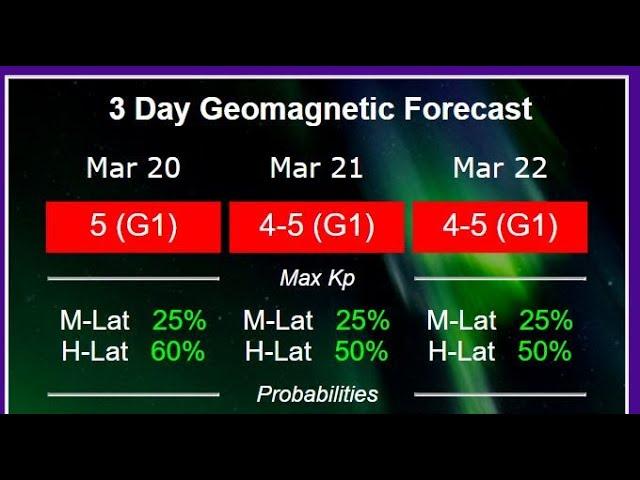
WARNING! March 23rd-March 26th will probably be the Worst Days of the Month. Expect Trouble.
Added 301 Views / 0 LikesI've discussed this time period for a few months now and we are almost there. plus, i will probably be out of pocket during this time period.Stay aware & Stay cool.God bless everyone,T LEWISON5430 BIRDWOOD RD. #416HOUSTON TEXAS 77096https://www.paypal.me/
-
18:24
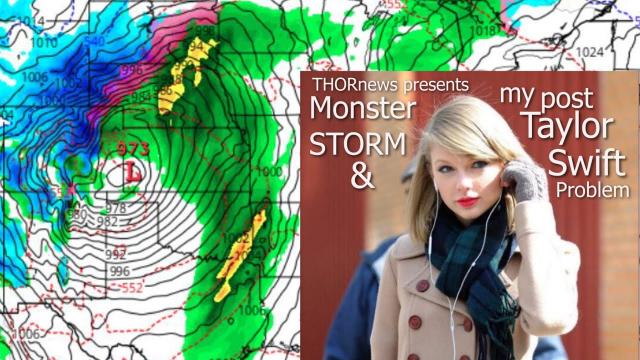
Warning! Mega Monster Storms for USA & Europe 50 ft waves for ireland & my PTSP
Added 421 Views / 0 LikesI've got problems. You've got problems. We've got Problems. God bless everyone,Thttps://www.paypal.me/THORnews@newTHOR on twitterhttps://www.facebook.com/thornewsgothe crankywxguy bloghttp://www.stormhamster.com/entry/e030719.htmmike's weather pagehttp://
-
15:31
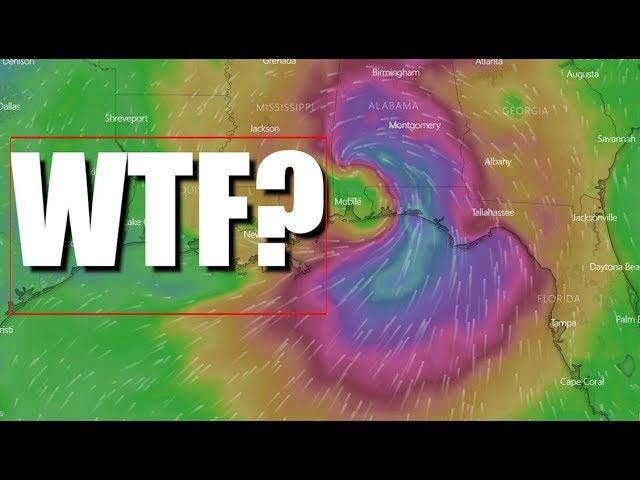
Warning! Modeled Gulf of Mexico HURRICANE keeps getting Weirder & more Intense!
Added 412 Views / 0 LikesThere are 53,000 Lightning Strikes in the last 48 hours. Mercury is stationing about to retrograde to join the club with Jupiter, Saturn, Pluto, Ceres. We are 4 days off of the Total Solar Eclipse and the next Eclipse is 10 days away. The energy is cray c
-
09:54
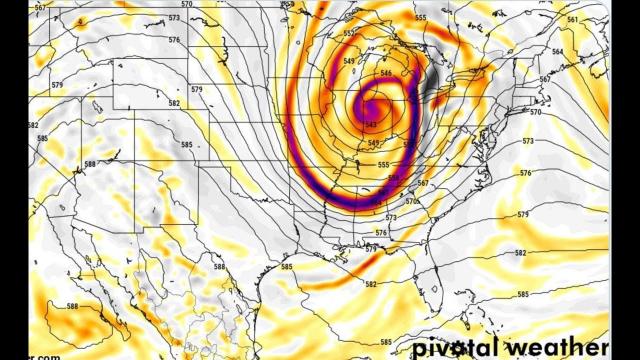
Warning! Next BIG Tornado storm for South on Tuesday! + New Sunspot from old solar cycle 24
Added 407 Views / 0 LikesTuesday is out next big severe weather day.So please be ready!God bless everyone.T LEWISON5430 BIRDWOOD RD. #416HOUSTON TEXAS 77096https://www.paypal.me/THORnewshttps://venmo.com/TEric-Lewison$THORnews on CashApphttps://www.patreon.com/thornews
-
05:19
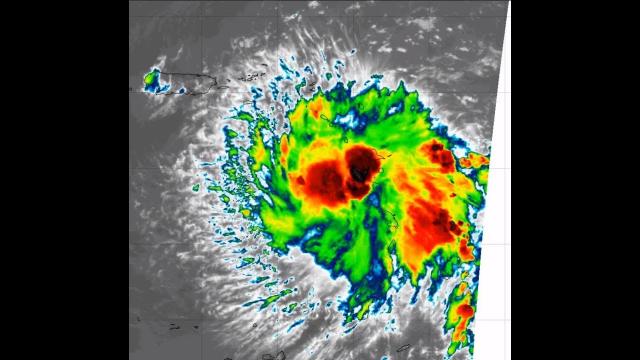
Warning! possible TS or Hurricane Dorian NOW tracking towards Puerto Rico & then Florida
Added 386 Views / 0 LikesCORRECTION: Dorian is now tracing towards Puerto Rico and would make landfall in 28 hours & regardless of further development could be a heavy rain event.God bless everyone,T LEWISON5430 BIRDWOOD RD. #416HOUSTON TEXAS 77096HTTPS://WWW.PAYPAL.ME/THORNEWSww
-
08:06
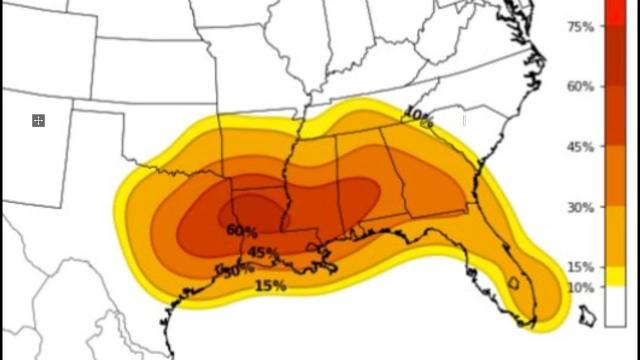
Warning! RED ALERT! Dangerous Days Sunday & Monday for South East USA + Big Storm on the 23rd April
Added 427 Views / 0 LikesApril is going to be a dangerous weather month.God bless everyone,T LEWISON5430 BIRDWOOD RD. #416HOUSTON TEXAS 77096https://www.paypal.me/THORnewshttps://venmo.com/TEric-Lewison$THORnews on CashApphttps://www.patreon.com/thornews
-
08:17
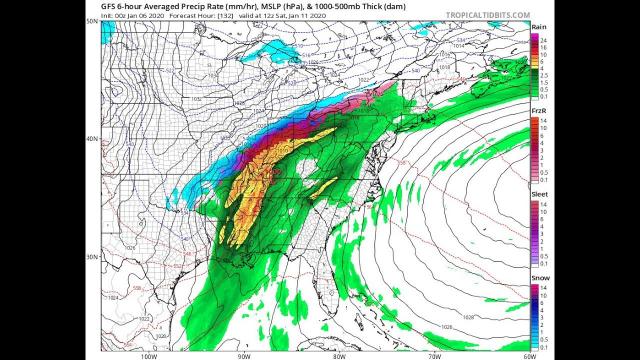
Warning! The 11-12th BEAST STORM is a Major Ice & Flood & Tornado Threat
Added 411 Views / 0 LikesASTEROID FIGHT CLUB BONUS ROUND!We've got a NASTY spell coming up around the Full Wolf Moon Lunar Eclipse and the Saturn and Pluto Conjunction. Put your game faces on and strap your boots up because 2020 is an upgraded roller coaster!God bless everyone,T
-
04:51
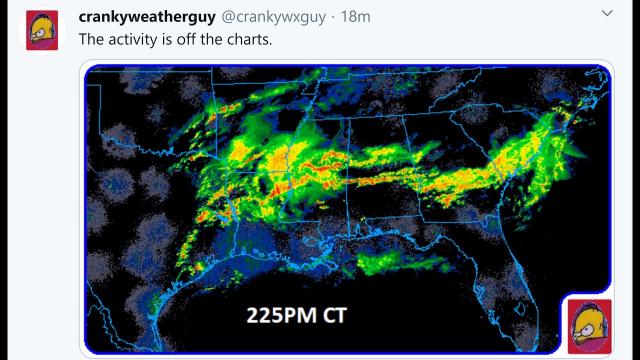
Warning! The Activity is off the Charts! Tornadoes! Wind! Hail! Texas! Mississippi! LA!
Added 454 Views / 0 LikesKeeping you posted, yo.God bless everyone,T LEWISON5430 BIRDWOOD RD. #416HOUSTON TEXAS 77096https://www.paypal.me/THORnewshttps://venmo.com/TEric-Lewison$THORnews on CashApphttps://www.patreon.com/thornews
-
06:10
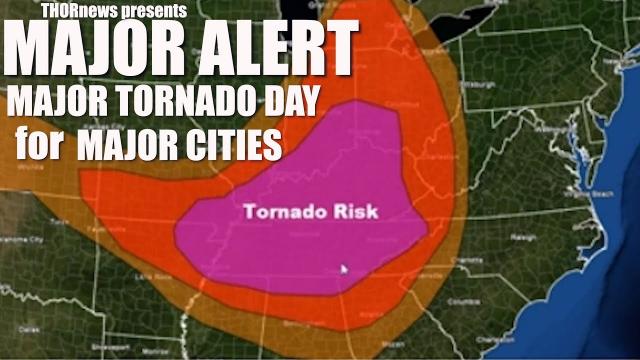
WARNING! Tornadoes & Severe Weather a BIG risk for Major Cities Today in USA!
Added 546 Views / 0 LikesIndianapolis. Cincinnati. Louisville. Nashville. Memphis. Birmingham. Evansville. Memphis. Little Rock. Birmingham. Atlanta. Charlotte. Knoxville. Greenville. TallahasseeA large population is under the gun of Tornadoes, Hail, Wind and Rain this afternoon,
-
05:14
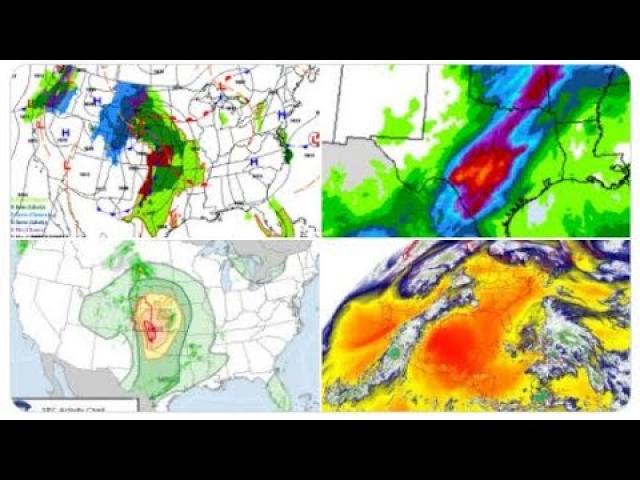
Warning! Wild Weather & Strong Energy. Colorado. Texas. Oklahoma. Kansas. California.
Added 288 Views / 0 Likesplus, my hackers are super fussy right now.Be Cool & Stay Cool.God bless everyone,T LEWISON5430 BIRDWOOD RD. #416HOUSTON TEXAS 77096https://www.paypal.me/THORnewshttps://venmo.com/TEric-Lewison$THORnews on CashApphttps://www.patreon.com/thornews
-
10:36
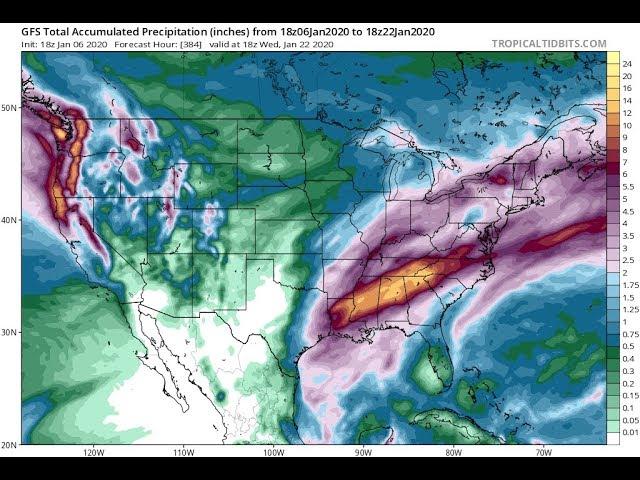
WARNING: MAJOR FLOODS COMING TO USA STARTING THE 11TH
Added 401 Views / 0 LikesHold strong. You are Amazing.God bless everyone,T LEWISON5430 BIRDWOOD RD. #416 HOUSTON TEXAS 77096WWW.PAYPAL.ME/THORNEWS www.venmo.com/TEric-Lewison $THORnews on CashApphttps://www.patreon.com/thornewscheck out the CrankywxGuy blog. he is awesomehttp://w
